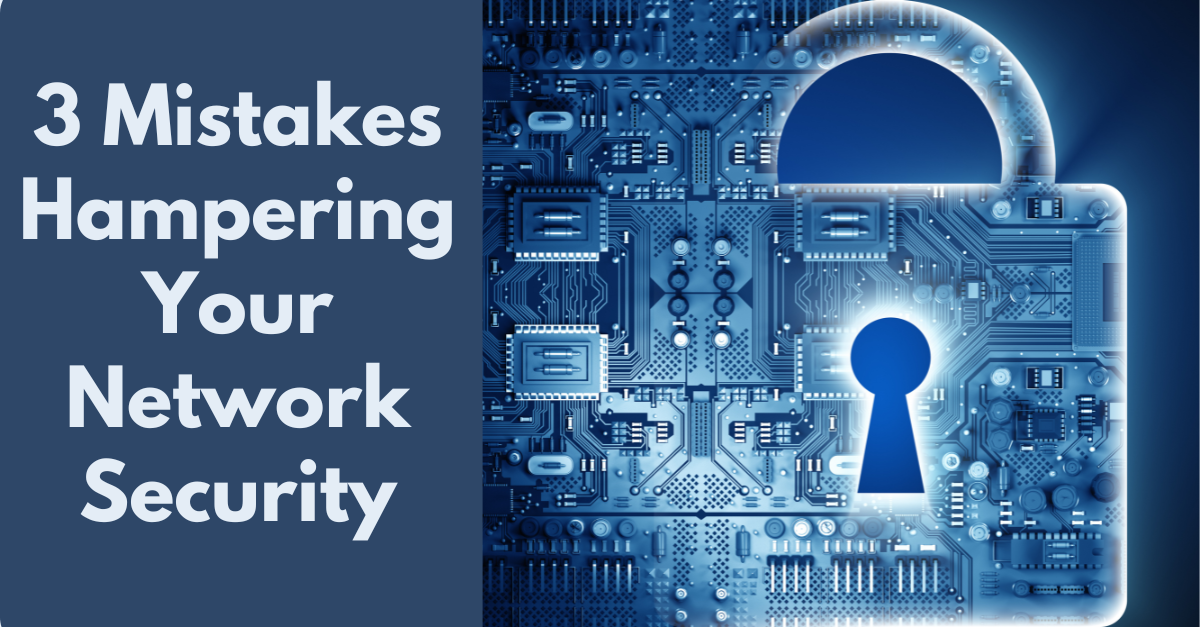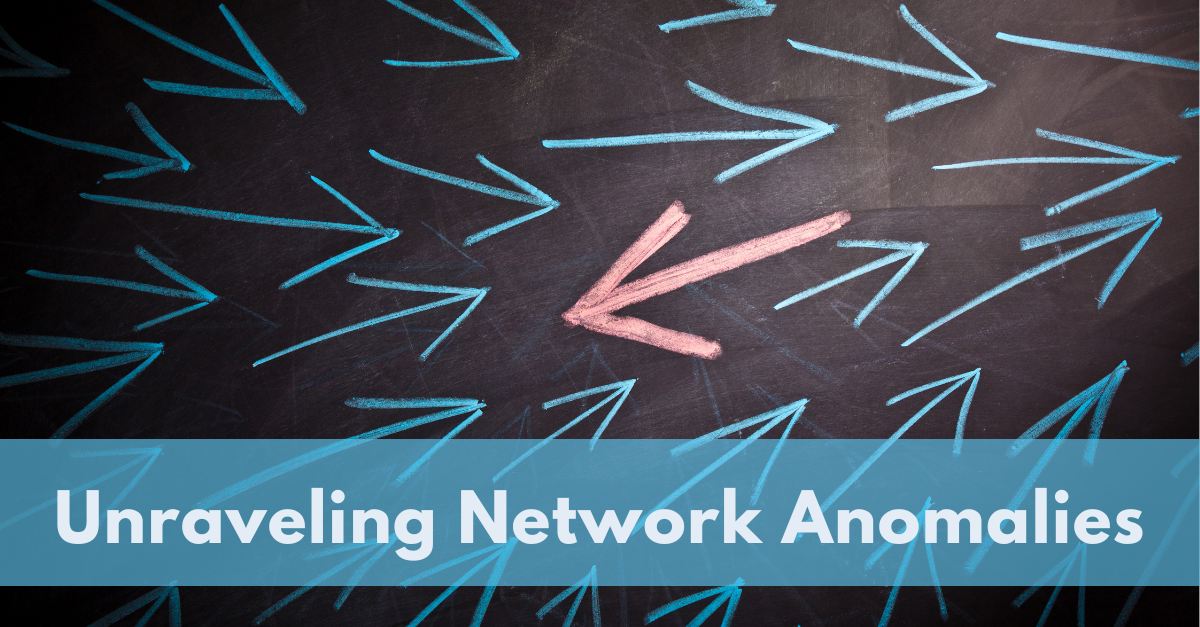Unraveling Network Anomalies: A Technical Perspective
What are Network Anomalies? Network anomalies are deviations from the expected patterns of network traffic. They might manifest as unusual volumes...
1 min read
 Technium
:
Sep 4, 2024 4:03:52 PM
Technium
:
Sep 4, 2024 4:03:52 PM

Proper network configuration is crucial for safeguarding your business from cyberattacks. Unfortunately, many organizations make critical mistakes that leave them vulnerable. This blog post will uncover the top three network configuration errors we’ve seen with our customers and provide actionable advice to bolster your network security.
Mistake 1- Neglecting Network Patching: A Major Security Risk
Network patching is the process of updating software and configurations to address vulnerabilities. It's essential for preventing cyberattacks. Many organizations fail to implement a consistent patching strategy. This oversight creates a gaping hole in their security defenses, making them easy targets for hackers.
To fortify your network, establish a comprehensive patching process:
Mistake 2- Underutilizing Security Features: A Costly Oversight
Investing in robust security solutions is crucial, but it's equally important to fully utilize their capabilities. Many organizations fail to activate essential security features or keep them up to date. This negligence can lead to significant financial losses and increased vulnerability.
For instance, firewalls often come with advanced features like intrusion prevention systems (IPS) and application control. By not enabling these features, organizations miss out on crucial layers of protection.
To maximize your security investment:
Mistake 3- Ignoring Network Segmentation: A Recipe for Disaster
Network segmentation involves dividing your network into smaller subnetworks to enhance security and performance. It's like creating separate compartments on a ship; if one compartment floods, the others remain unaffected. Surprisingly, many organizations neglect to properly segment their networks.
Adopting a zero-trust architecture is crucial for modern network security. By segmenting your network based on risk levels and functions, you can significantly reduce the impact of a breach.
To implement effective network segmentation:
Conclusion
Safeguarding your network requires vigilance and proactive measures. By addressing the common network configuration mistakes outlined in this blog, you can significantly strengthen your organization's security posture. Remember, a secure network is an ongoing journey that requires continuous monitoring and adaptation.

What are Network Anomalies? Network anomalies are deviations from the expected patterns of network traffic. They might manifest as unusual volumes...

2 min read
For small to medium-sized businesses, particularly in biotech, healthcare, and research, funding isn’t always consistent. Grants, third-party...
.png)
2 min read
In today's digital landscape, businesses are increasingly reliant on a complex web of interconnected technologies. From on-premises to data centers...